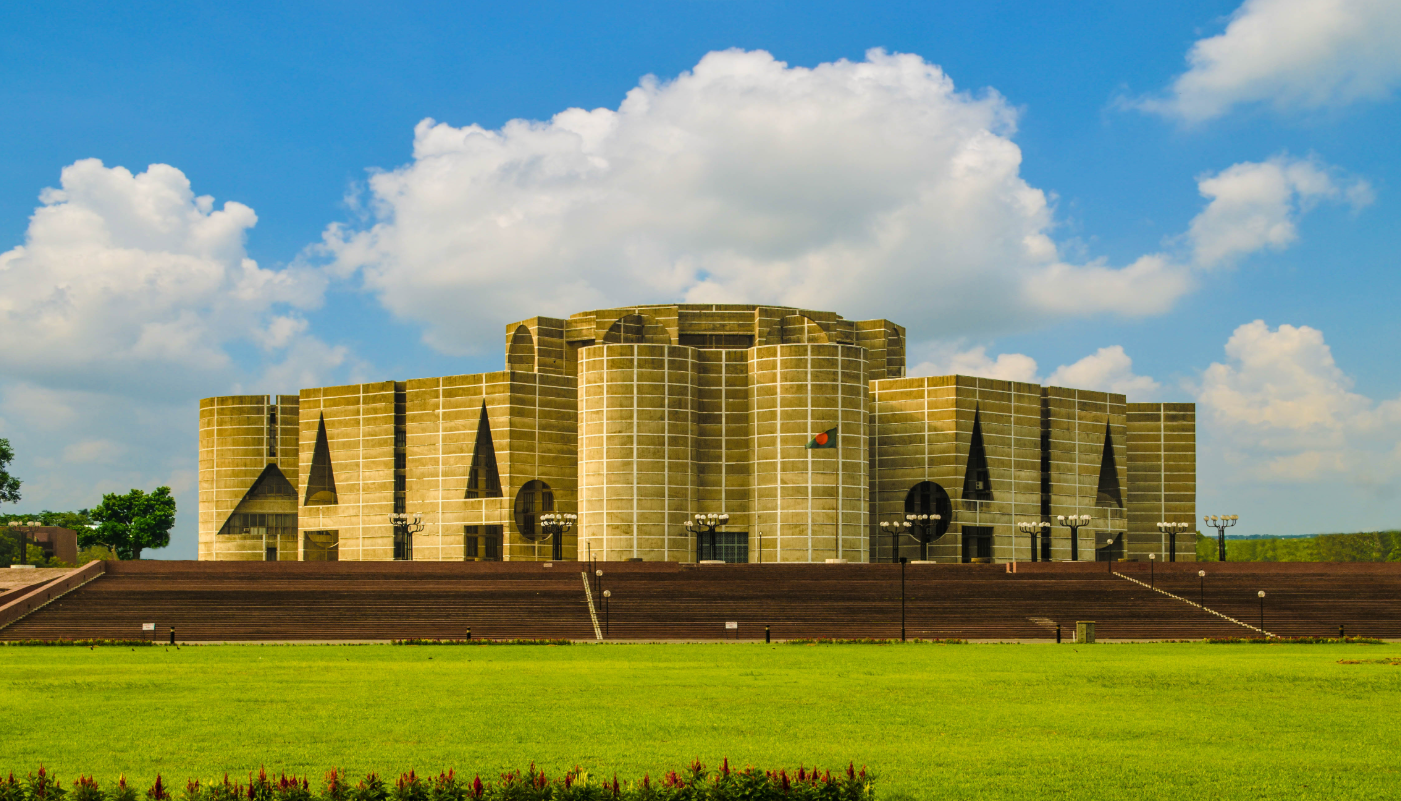Dhaka, the capital of Bangladesh, stands as a remarkable blend of tradition and modernity. Nestled at the heart of the nation, it thrives as a hub of historical significance, economic vitality, and cultural richness. From its storied past to its bustling present, Dhaka offers a unique experience for all—whether you’re captivated by history, enticed by culinary delights, or drawn to opportunities in a dynamic urban landscape.
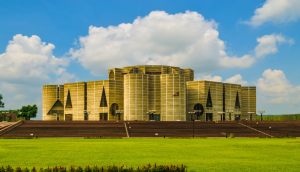
A Historical Overview of Dhaka
Dhaka, the capital of Bangladesh, has a rich and diverse history that reflects its journey through time. From its early days as a humble settlement, it became a significant center during the Mughal era, known for its flourishing trade and culture. Later, it endured the influences of colonial powers, which shaped its urban and social landscape. In modern times, Dhaka played a pivotal role in the country’s liberation struggles, ultimately emerging as the vibrant and dynamic city it is today—a true reflection of the spirit and resilience of the Bangladeshi people.
Jatiyo Sangsad Bhaban (National Parliament House)
- Early Days: The area’s historical significance dates back to the early medieval period, as a trade and administrative hub. Its location along the Buriganga River made it an ideal center for commerce.
- Mughal Era: In 1608, Dhaka became the provincial capital of Bengal under Mughal rule. This era saw the construction of architectural marvels like Lalbagh Fort and the proliferation of mosques, earning Dhaka the title “City of Mosques.”
- British Rule: The British colonial period introduced modern education and administrative systems. Dhaka gained global recognition for its exquisite Muslin fabric, a symbol of opulence.
- Post-Liberation Period: After Bangladesh’s independence in 1971, Dhaka emerged as the capital, rapidly developing into a modern urban center while maintaining its historical charm.
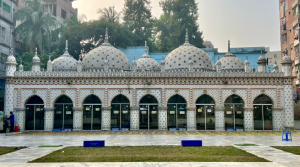
Star Mosque (Tara Masjid)
Tourist Attractions in Dhaka
Dhaka is a treasure trove of tourist attractions, ranging from historical landmarks and vibrant markets to serene riverside spots and modern recreational areas.
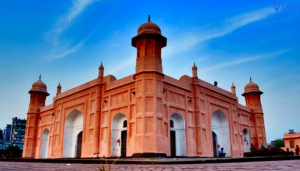
Lalbagh Fort
Historical and Architectural Marvels
- Lalbagh Fort: Built in 1678 by Prince Muhammad Azam, this Mughal-era fort is an iconic symbol of Dhaka’s history. The fort complex includes a mosque, a tomb, and beautiful gardens.
- Ahsan Manzil (Pink Palace): Once the residence of the Nawabs of Dhaka, this majestic palace is now a museum showcasing Dhaka’s rich heritage.
- Star Mosque (Tara Masjid): A stunning example of Islamic architecture adorned with intricate mosaic designs.
- Armenian Church: A relic of Dhaka’s once-thriving Armenian community, this 18th-century church is a serene historical site.
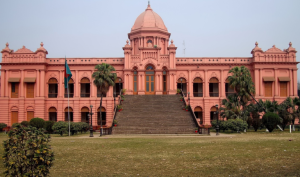
Ahsan Manzil
Modern Landmarks
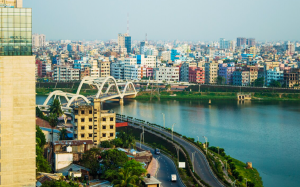
Hatirjheel
- Jatiyo Sangsad Bhaban (National Parliament House): Designed by renowned architect Louis Kahn, this architectural masterpiece is one of the most iconic structures in Bangladesh.
- Hatirjheel: An urban oasis featuring a lake, walking paths, and vibrant nightlife.
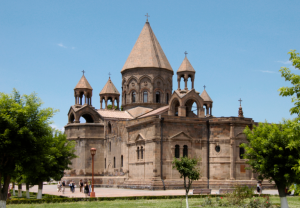
Armenian Church
Economic and Educational Hub
DAH is the economic powerhouse of Bangladesh, contributing significantly to its GDP.
- Industries: Dhaka is home to a thriving garment industry, one of the largest in the world. It also houses industries in pharmaceuticals, textiles, and information technology.
- Commerce: The city’s bustling markets, such as New Market, Gulshan DCC Market, and Bashundhara City Mall, are hubs of trade and commerce.
- Educational Institutions: Prestigious institutions like (DU), BUET, and North South University make Dhaka an educational hub.
Why Visit Dhaka?
Dhaka is more than just a city; it’s an experience. It’s a place where the past and the present coexist harmoniously, offering a unique blend of history, culture, and modernity. Whether you’re exploring the bustling streets of Old Dhaka, marveling at architectural wonders, or enjoying the serene countryside, Dhaka promises an unforgettable journey.

